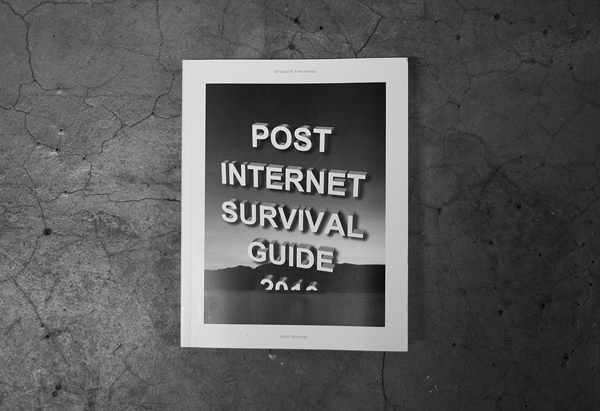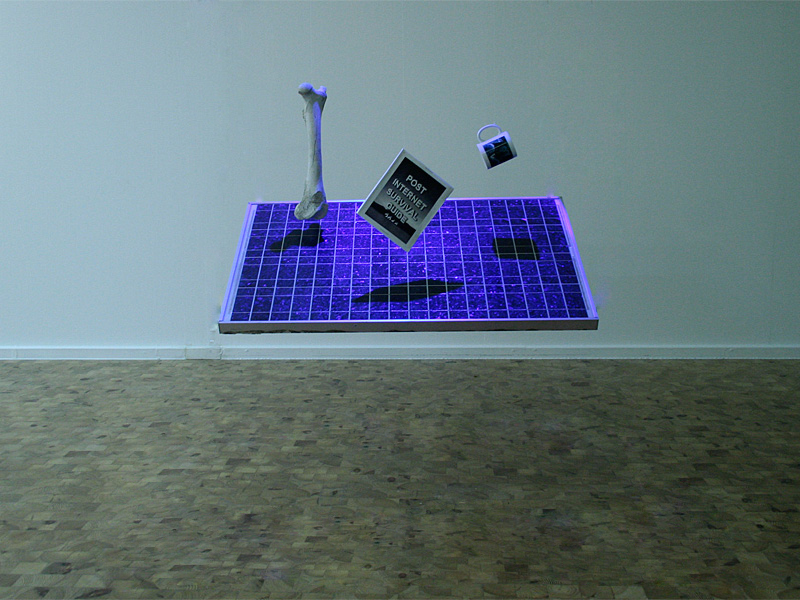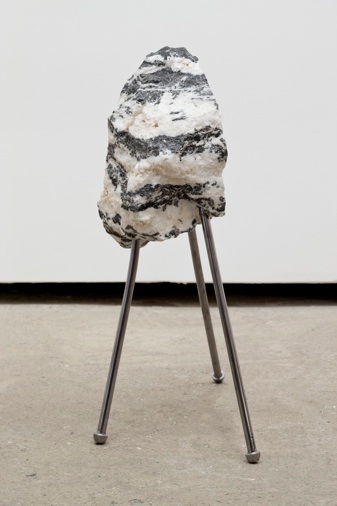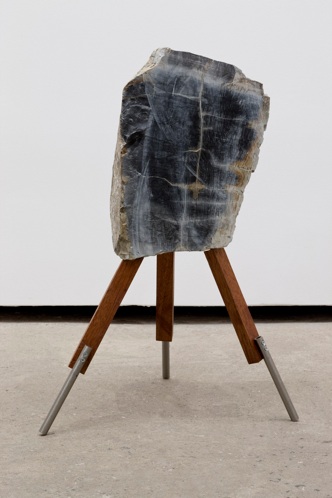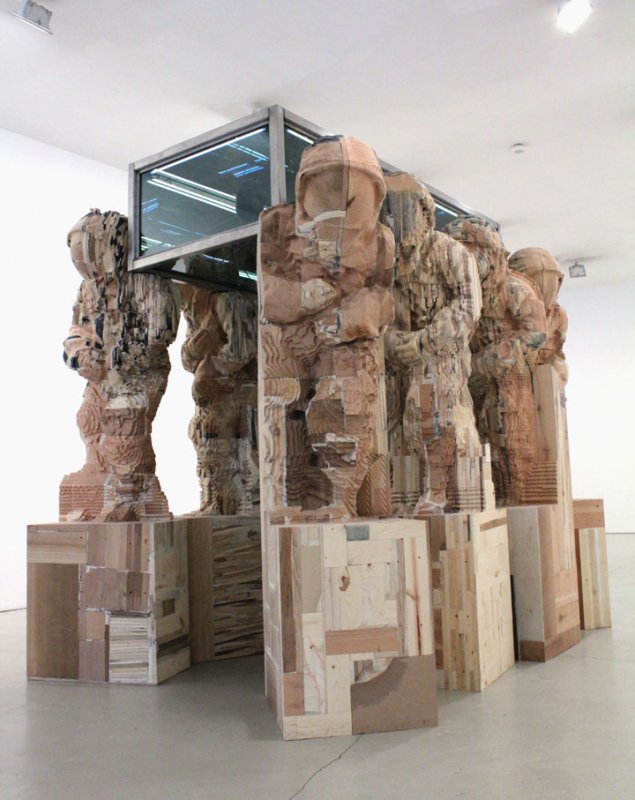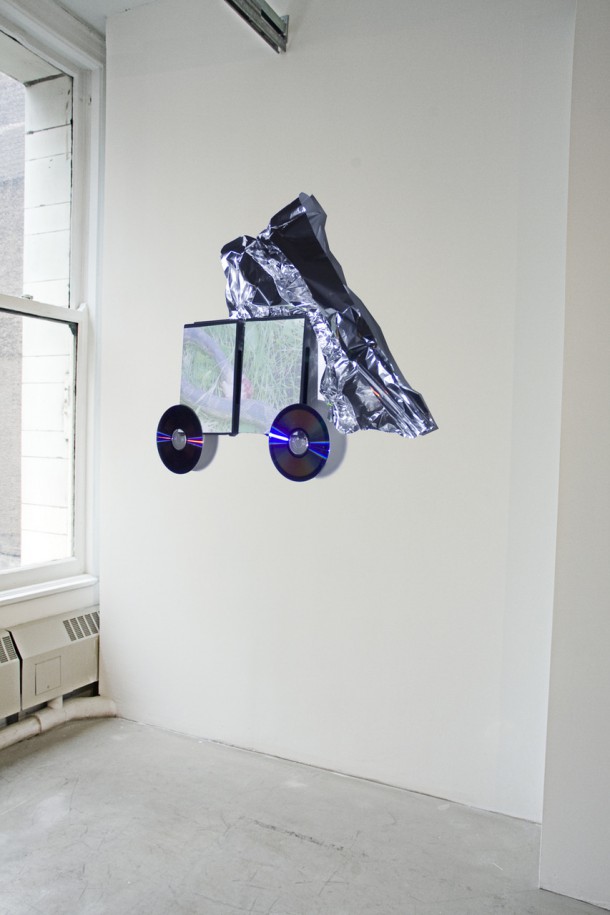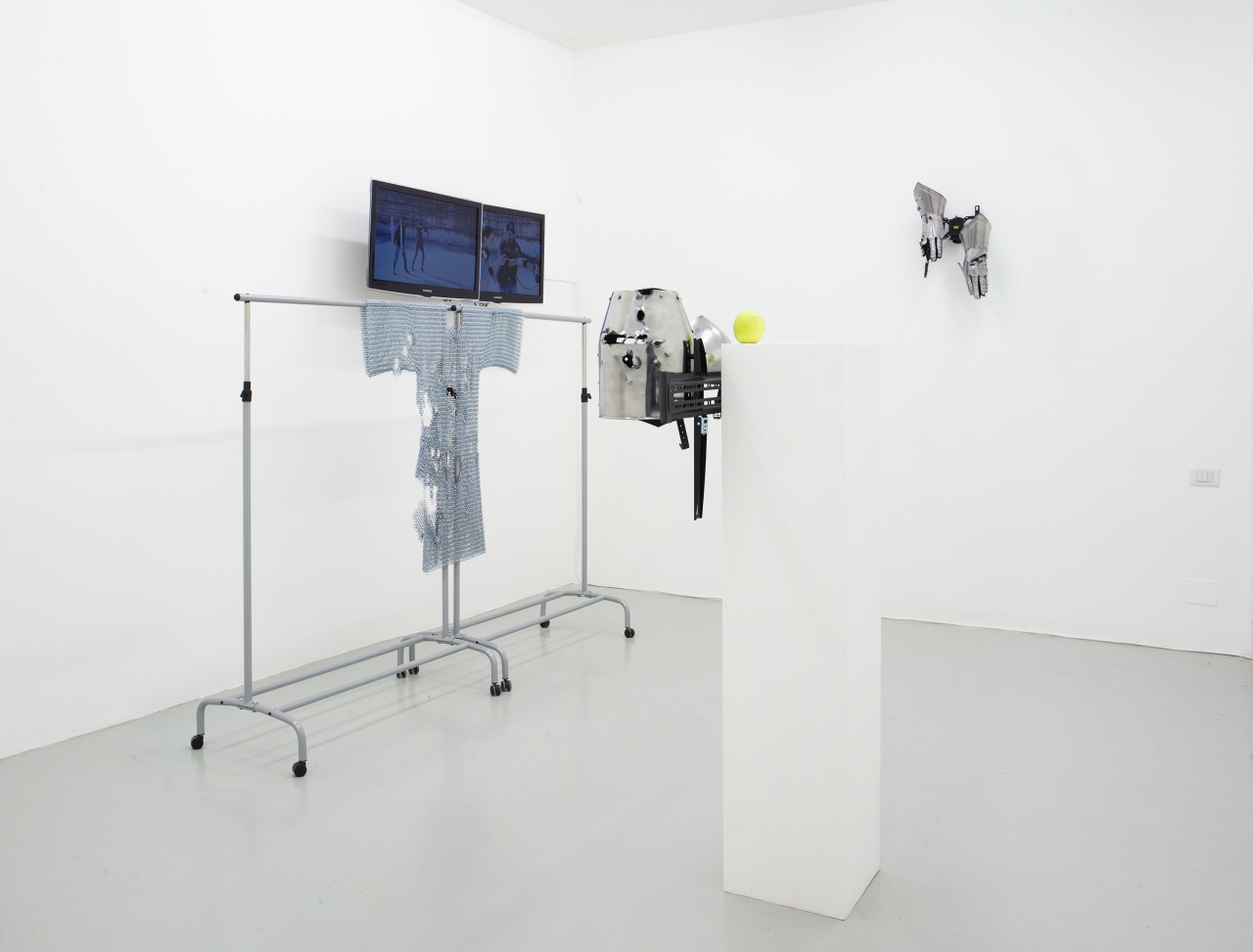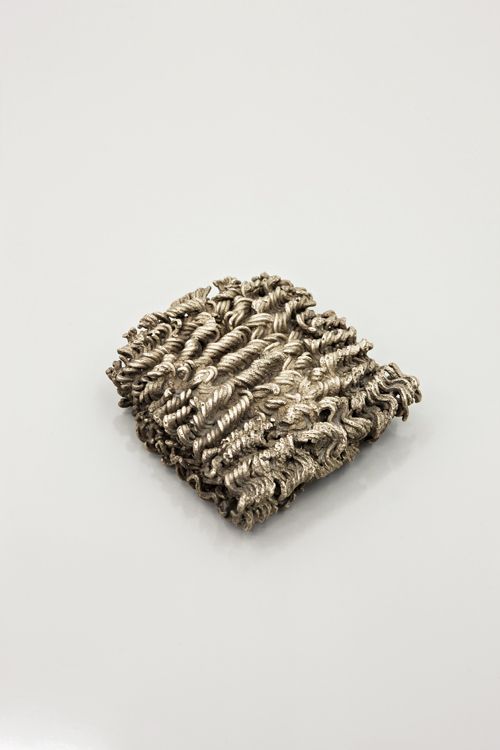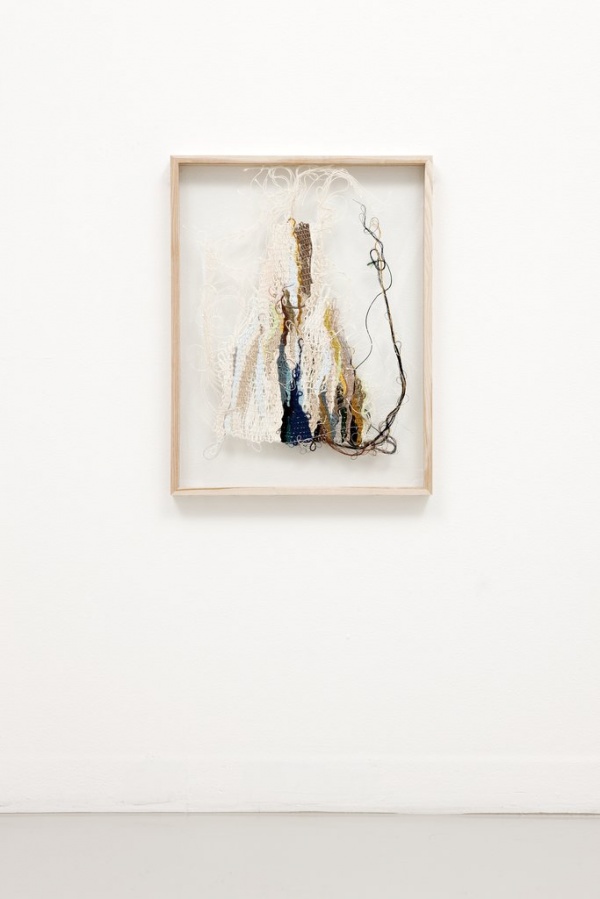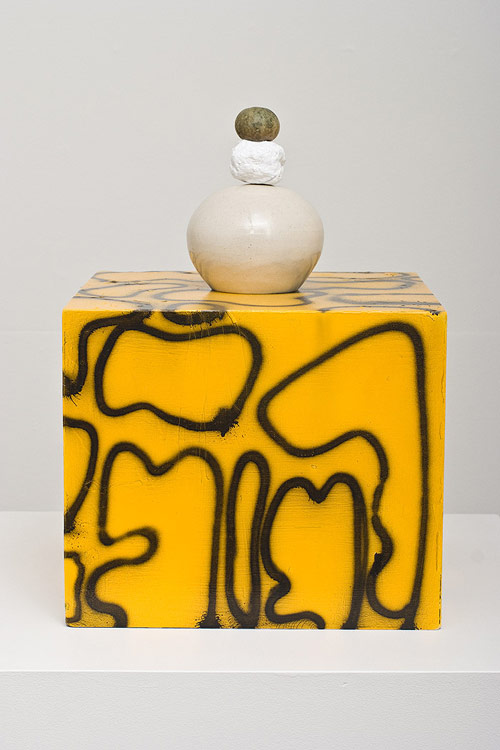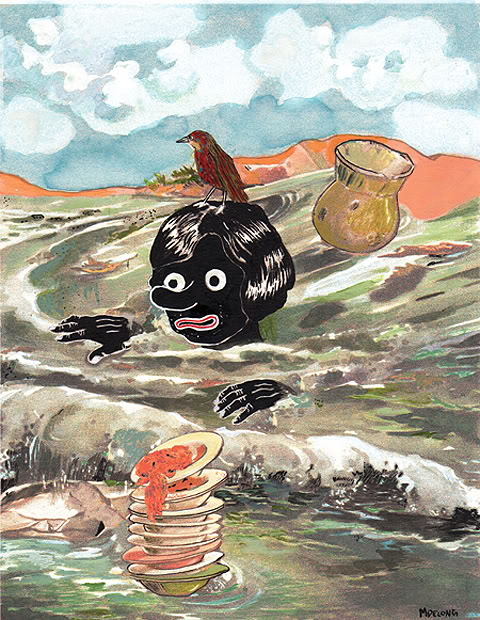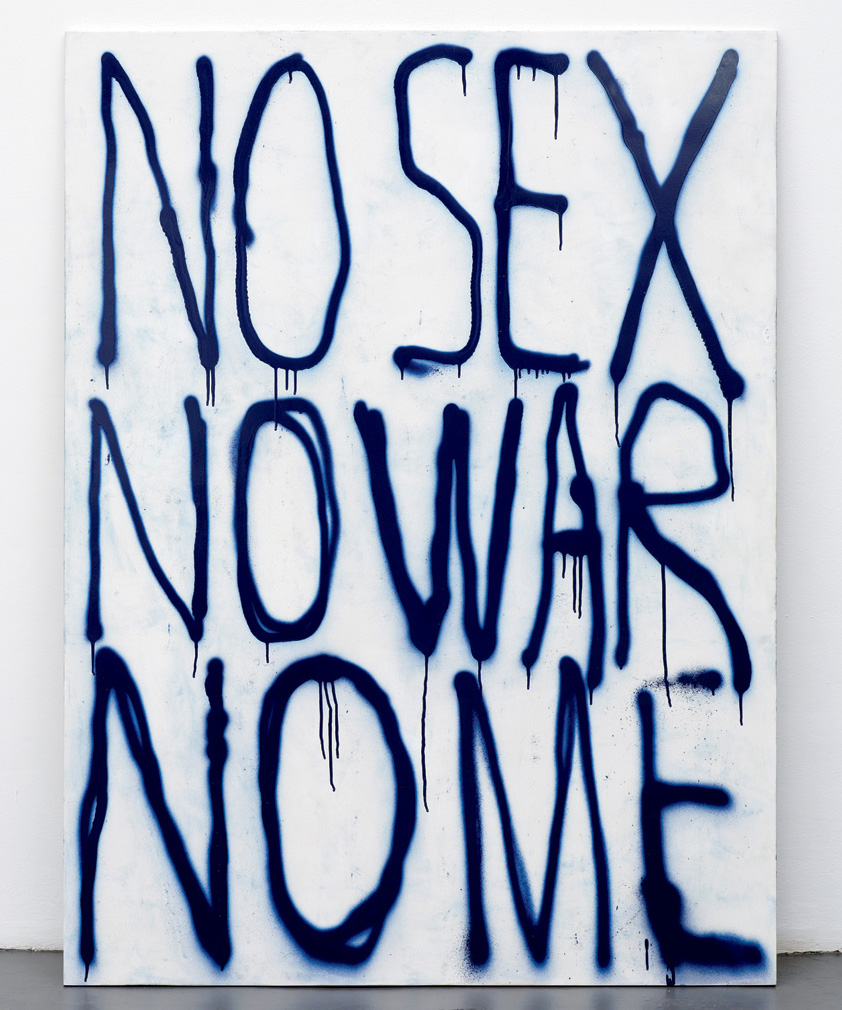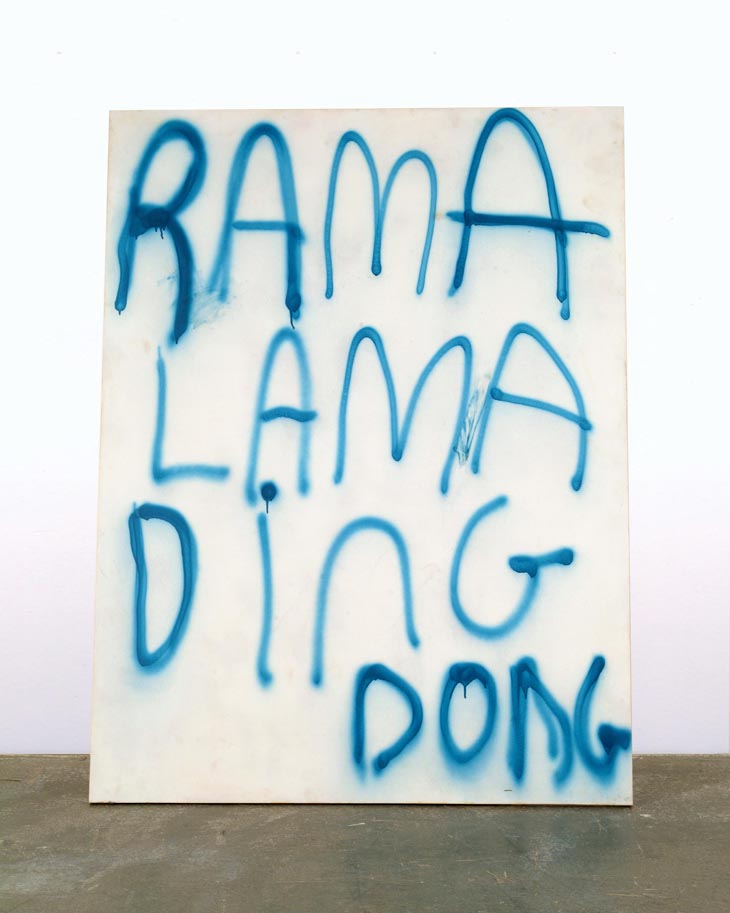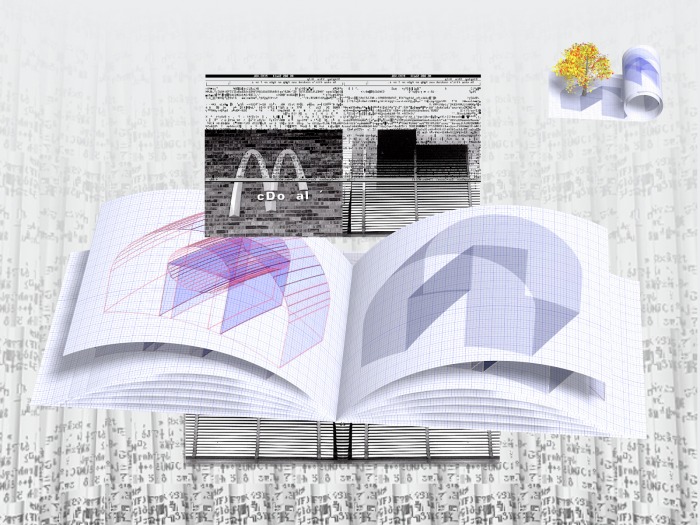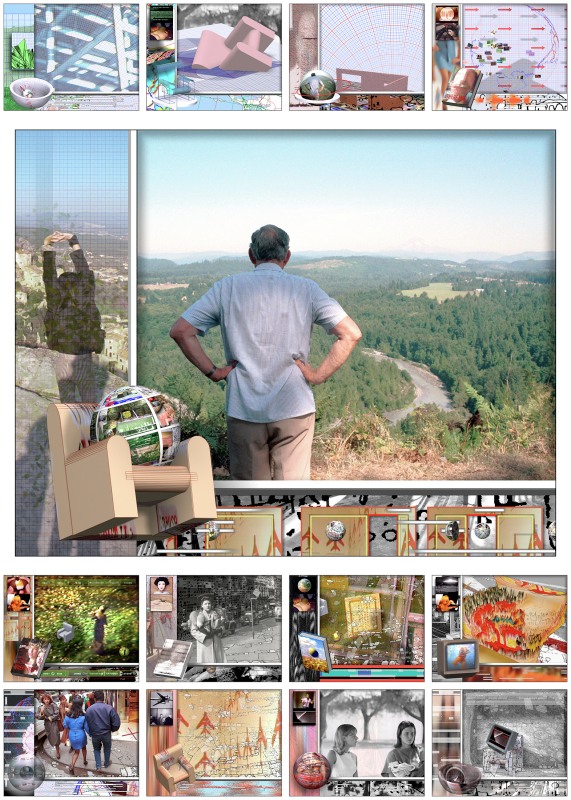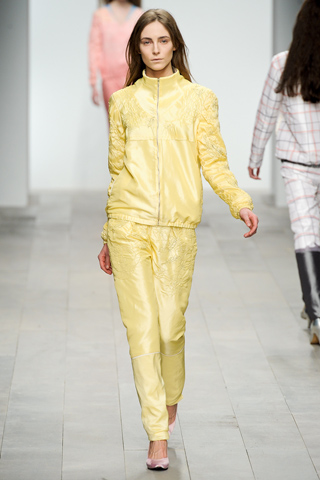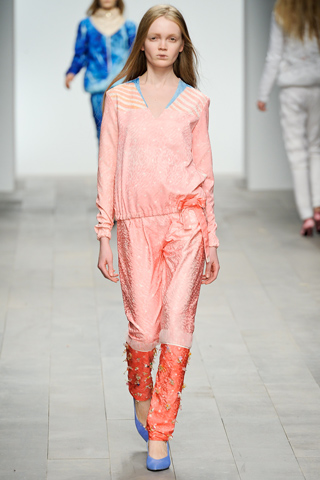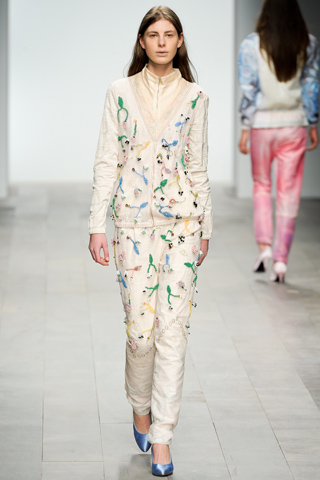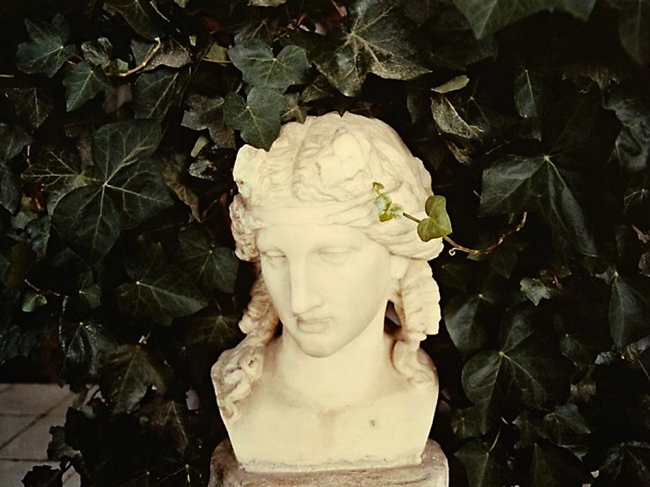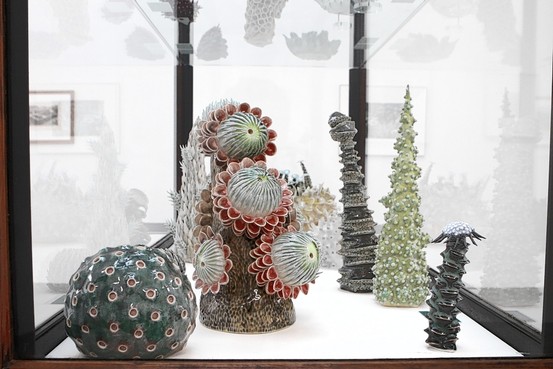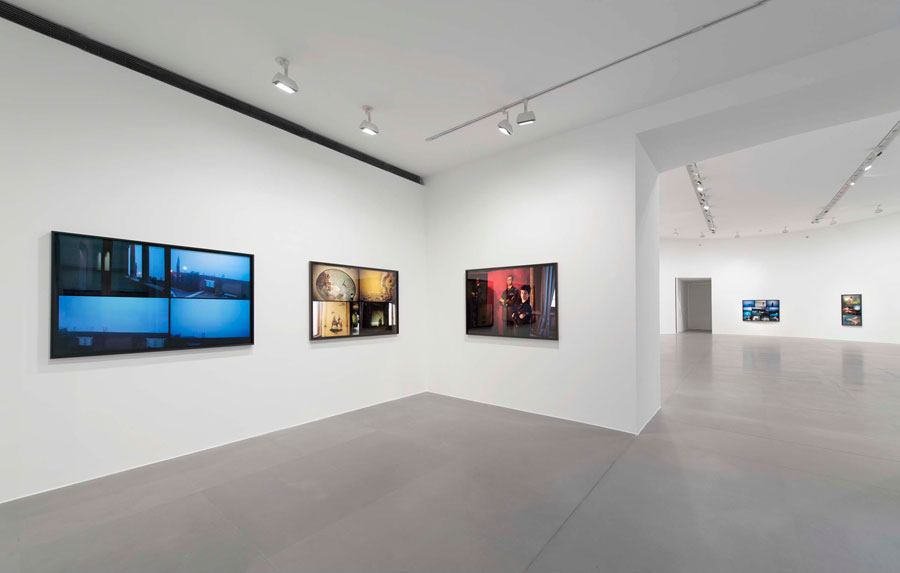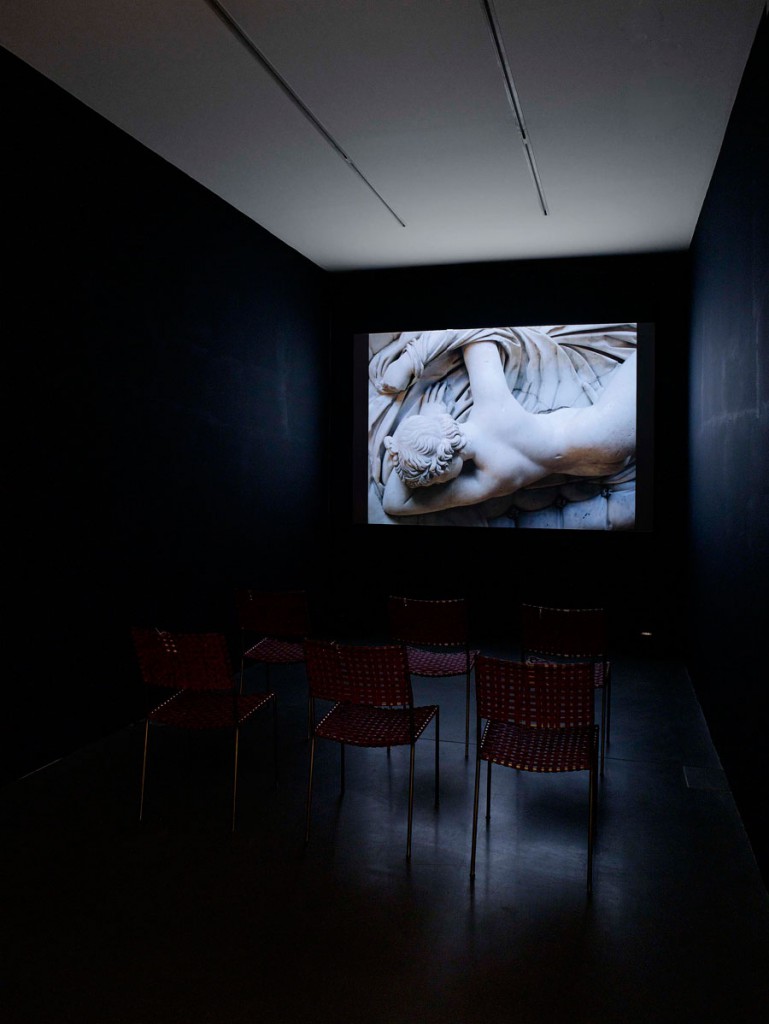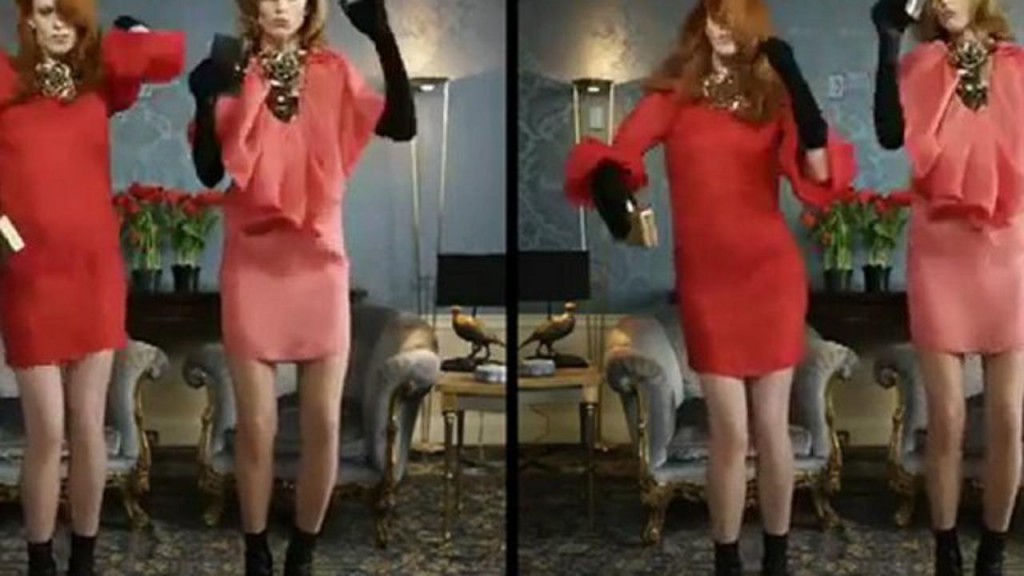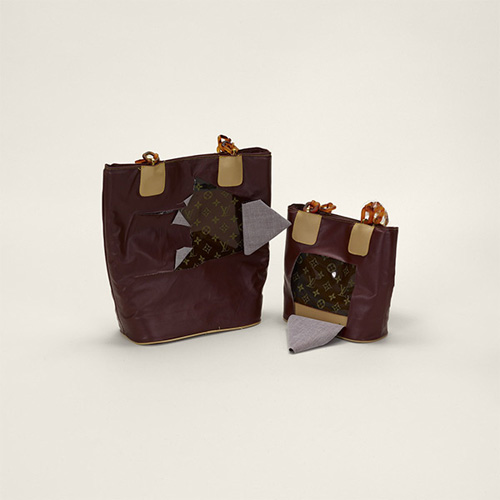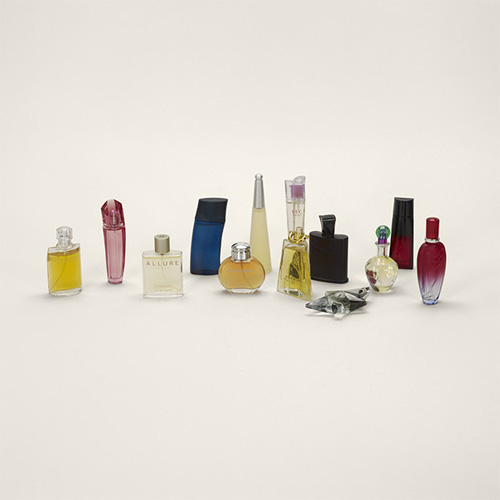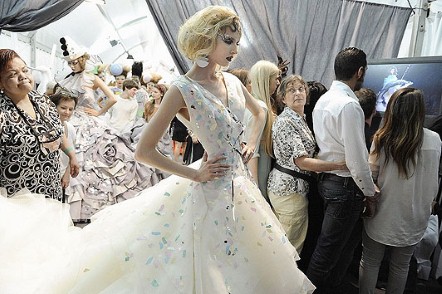
Chris Moore, Catwalking 2 December-10 February 2012
Kings Place Gallery
Born in Newcastle, Chris Moore moved with the rest of his family to London when he was four years old. He entered the world of fashion at the age of 18 and became a Vogue photographer’s assistant, working with luminaries such as Henry Clarke, Norman Parkinson and Cecil Beaton. His early career was spent documenting the intimidatingly exclusive Paris couture shows in the late 60s and continued with the advent of the Ready to Wear Collections in Milan, London and later New York in the 80s. By the mid 90s, with the expansion of the circuit to include menswear in Paris and Milan, photographing the catwalks became a full-time occupation.
Moore moved on, was represented briefly by the Camera Press Agency, but became a freelance photographer and has worked independently ever since. As a person he is extremely grounded and in appearance is unobtrusive, almost invisible. This ability to ply his craft unobserved might indeed, be part of the secret of his becoming ‘King of the Catwalk’, as he has been dubbed by the fashion industry. During his phenomenal career he has captured images of every conceivable catwalk event from the Paris
Couture houses of the sixties with Yves Saint Laurent, Pierre Cardin and Courrèges to the extravagant, theatrical spectacles staged by Hussein Chalayan and Alexander McQueen.
In 2000, Moore launched www.catwalking.com the successful online photographic library which is used by all major fashion and broadsheet titles internationally during the fashion week circuits. His photographs appear regularly in every major newspaper and magazine including The Guardian, Observer, The Times, and Independent as well as Vogue and Harpers Bazaar and the International Herald Tribune.
This exhibition celebrates Moore’s remarkable career with a collection of his iconic images.
